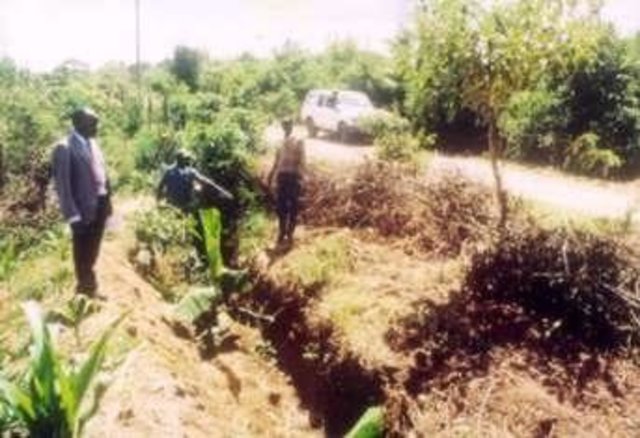
Road runoff system - Mwingi [Kenya]
Diversion of runoff from the road and its environment into farm land
- Compiler: Kithinji Mutunga
Only data declared as public are visible.

Diversion of runoff from the road and its environment into farm land
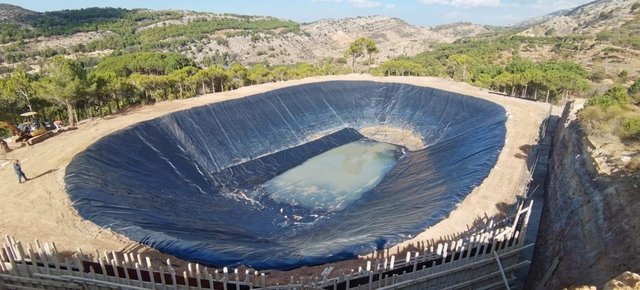
The Al Yakloum pond collects runoff from a local catchment and water is led through a channel system alongside a farm road. Sandy particles are captured in a sediment trap before runoff enters the pond. The pond provides water to approximately 5 ha of orchard - which is irrigated through …
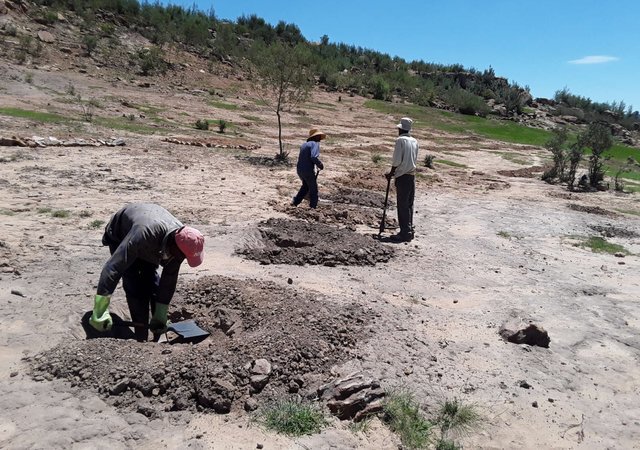
The infiltration pits are constructed on bare lands with the aim to enhance re-vegetation of plant species. The pits help to reduce soil erosion/land degradation as water is now able to infiltrate through the pits because they are constructed in succession. It also improves land productivity and cover as well …
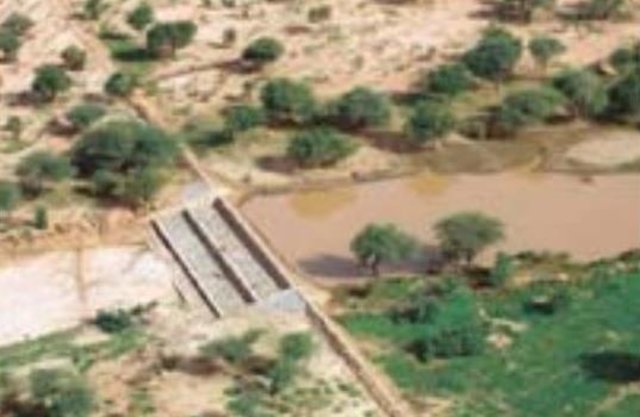
Water-spreading weirs slow the flow of water, spread it over a wider area, increase infiltration and reduce erosion.
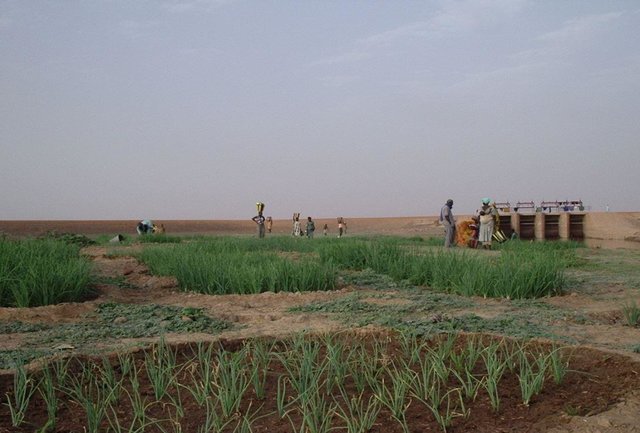
The deepening of the channels has made it possible to control pond and lake recharge, optimise yields and crop growing, and increase the area under cultivation.
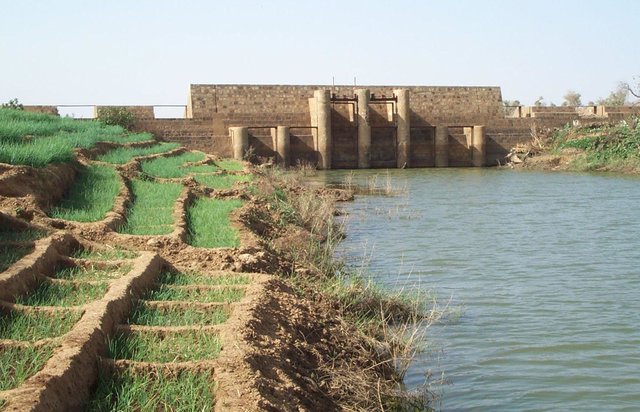
Small-scale dams are moderately-sized barriers built across valley bottoms to retain water from permanent watercourses or seasonal flows.
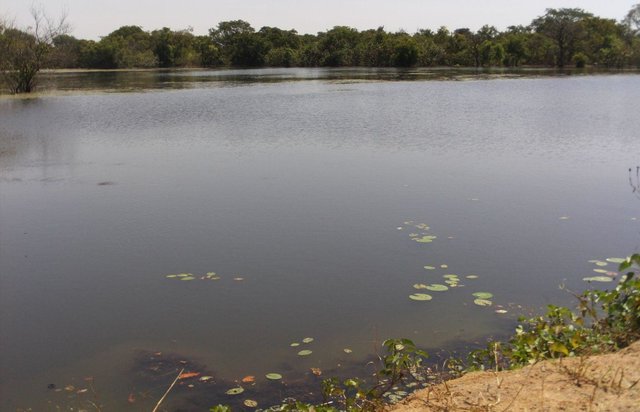
Embankment dams are built to retain rainwater without totally blocking the flow of water, enabling the irrigation of a part of the plain.
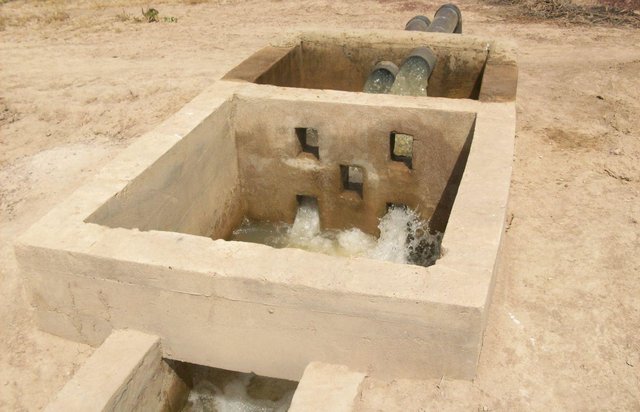
Lining canals is a powerful way to save irrigation water by minimising seepage losses, and to reduce pumping time and costs.
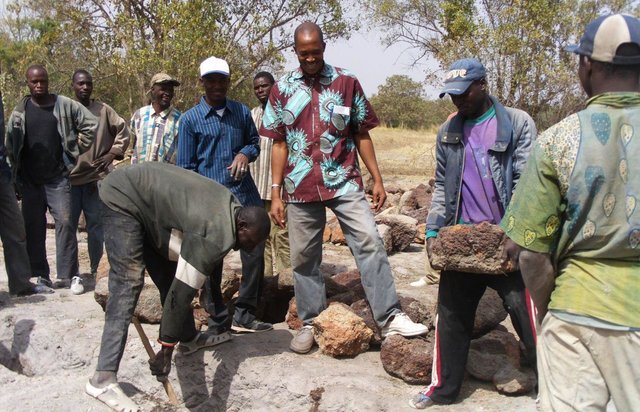
The role of small dams with weirs is to raise the water table, expand rice growing areas and extend the availability of water in lowland areas to complete the agricultural cycle of lowland areas (rice and vegetable growing).
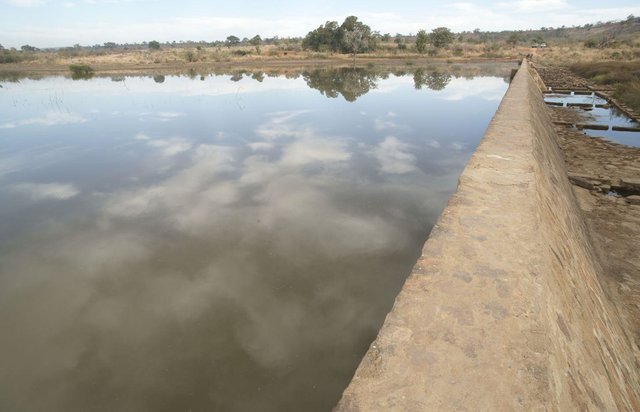
A water reservoir for growing off-season increases the farmed area, yields and production. A second growing season thus becomes possible.